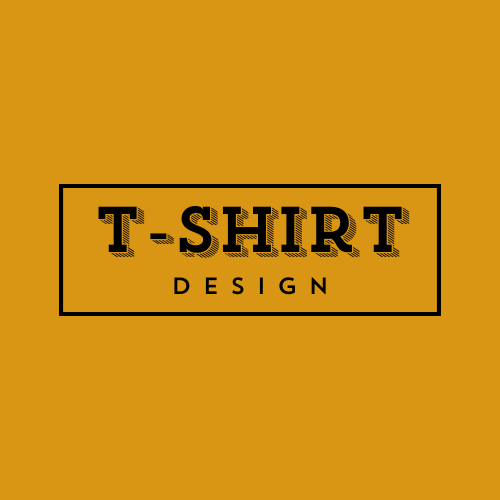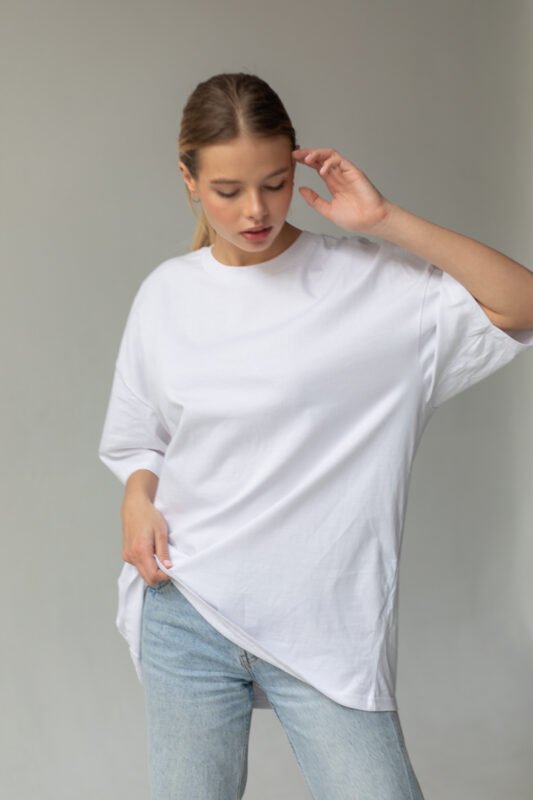When it comes to creating custom designs, t-shirts are often the first thing that comes to mind. After all, they’re a staple in every wardrobe, making them the perfect canvas for your creative ideas. But why stop there? Expanding your designs beyond t-shirts opens up endless possibilities to reach new audiences and offer a broader range of products. From hoodies and jackets to bags and even hats, your designs can take on new life when adapted to different types of apparel and accessories. Here’s how you can successfully adapt your t-shirt designs to other items and build a cohesive product line.
1. Start with the Core Design
Before venturing into other apparel, it’s important to evaluate your core design. Is it versatile enough to work on multiple items? For example, a bold graphic or slogan that works well on a t-shirt may need to be re-imagined when transferred to a different medium like a hoodie or a tote bag.
The first step is to assess the scale, color palette, and overall composition of your design. Some designs will work seamlessly on a variety of items with minimal adjustment, while others may need to be altered in size or layout to ensure they look their best across different fabrics and shapes. Make sure the design’s elements, whether it’s text, graphics, or patterns, are flexible and adaptable.
2. Adapting to Hoodies and Sweatshirts
Hoodies and sweatshirts are natural extensions of t-shirt designs, especially since they offer more space and are often worn in casual settings where bold designs shine. However, because of the structure of hoodies, there are a few things to consider:
– Placement of the Design
On t-shirts, designs are usually centered on the chest or aligned to one side. With hoodies, however, you have more real estate to play with, including the front, back, and even the sleeves. A design that works on the chest of a t-shirt might need to be resized or repositioned when placed on the front of a hoodie, particularly if you’re considering a large back print. You can also experiment with smaller designs on the sleeves or the hood for an extra flair.
– Material Considerations
Hoodies are typically made of thicker fabrics, like fleece or cotton blends, which absorb ink differently than the lightweight material of a t-shirt. This can slightly alter the look of the design. For example, darker designs or intricate patterns may require more layers of ink to maintain their vibrancy on thicker fabrics.
– Incorporating Unique Elements
A great feature of hoodies is the addition of hoods, zippers, and pockets, which can all be incorporated into the design. For instance, adding a small logo to the front pocket or a graphic on the back of the hood creates a unique, customized piece that’s distinctive and on-trend.
3. Jackets and Outerwear
Expanding your designs onto jackets is an excellent way to elevate your brand and offer a premium product. Whether it’s a bomber jacket, denim jacket, or a windbreaker, jackets provide the perfect opportunity to add bold designs that are often both functional and fashionable. Here’s how to approach it:
– Maximize Surface Area
Jackets often have a lot of surface area to work with, from the back and chest to the arms and even the collar. Think about how your design can span across these different areas. For example, a design that’s confined to the chest on a t-shirt could expand to the back or even the sleeves of a jacket, creating a more dynamic and eye-catching look.
– Consider the Material
Different outerwear fabrics, such as leather, nylon, or polyester, require different printing methods. For example, screen printing may work well for cotton-based fabrics, while heat transfers might be better suited for nylon or leather. Also, keep in mind that the texture of outerwear can impact how the design looks — smoother fabrics like nylon allow for more intricate prints, while textured materials like denim may work better with bolder, simpler designs.
– Layered Designs
Jackets offer a unique opportunity to layer designs. You can combine embroidery and screen printing, for instance, to create a design that has both tactile and visual appeal. Embroidered patches on jackets, for instance, can create a vintage or high-end look while still maintaining the integrity of the original graphic design.
4. Bags and Accessories
Bags, hats, and other accessories are another fantastic way to expand your designs. These items often have different shapes and surfaces than apparel, so your design might need to be simplified or adjusted in size.
– Tote Bags and Backpacks
Tote bags and backpacks are fantastic accessories to print on, offering ample space for creative designs. The key to designing for bags is balancing the artwork with the item’s function. Bold, large designs work well on the main body of a tote, while smaller, simpler logos or graphics can look great on the pocket or strap of a backpack. Just like with clothing, you can experiment with placement, but be mindful of the bag’s practical use. You don’t want a graphic that might interfere with how the bag is carried.
– Designing for Hats and Caps
Hats, particularly baseball caps and beanies, are a popular accessory that can easily carry custom designs. For hats, your design will typically need to be smaller and more focused, like a logo, emblem, or small graphic. Embroidery is the go-to method for hats, as it holds up well over time and adds a touch of class. Keep in mind that the curved surface of a hat can affect how a design is displayed, so it’s important to scale your artwork accordingly.
– Pouches, Socks, and More
Even smaller accessories, like pouches or socks, can be great platforms for custom designs. For socks, for example, small repeated patterns or quirky designs work well, while pouches or smaller bags can carry slightly larger logos or sayings. Even face masks have become a popular place to print custom designs, and this trend continues to grow.
5. Maintaining a Cohesive Brand
As you expand your designs beyond t-shirts, it’s essential to maintain a cohesive aesthetic across all products. Consider how your designs translate across different mediums — you want them to be instantly recognizable, whether it’s on a hoodie or a tote bag. Here are a few tips for maintaining brand consistency:
– Keep the Style Consistent
Whether you’re using bold graphics, hand-drawn illustrations, or minimalist typography, the style of your design should remain consistent across all product categories. This helps establish your brand identity and ensures that customers recognize your designs, no matter the product.
– Adapt the Design, Don’t Overhaul It
While it’s tempting to create entirely new designs for each item, a more effective approach is to adapt the original design to the new product. Modify the size, layout, or color to make it fit the new canvas, but maintain the essence of the original idea.
– Create a Product Line, Not Just Products
To elevate your brand, consider curating your designs into a collection or product line. For example, you might offer a hoodie, a tote, and a jacket all featuring the same design but adapted in different ways. This makes for a cohesive collection that customers can mix and match.
Conclusion
Expanding your custom designs beyond t-shirts opens up a whole new world of possibilities for your brand. Whether you’re branching out into hoodies, jackets, bags, or hats, the key to success lies in adapting your artwork to the new medium while maintaining a consistent and cohesive aesthetic. With the right approach, you can create a product line that appeals to a wide audience and offers variety without compromising on design integrity. So go ahead — take that iconic graphic from a t-shirt and bring it to life on a hoodie, a backpack, or anything else your customers can wear or carry.

